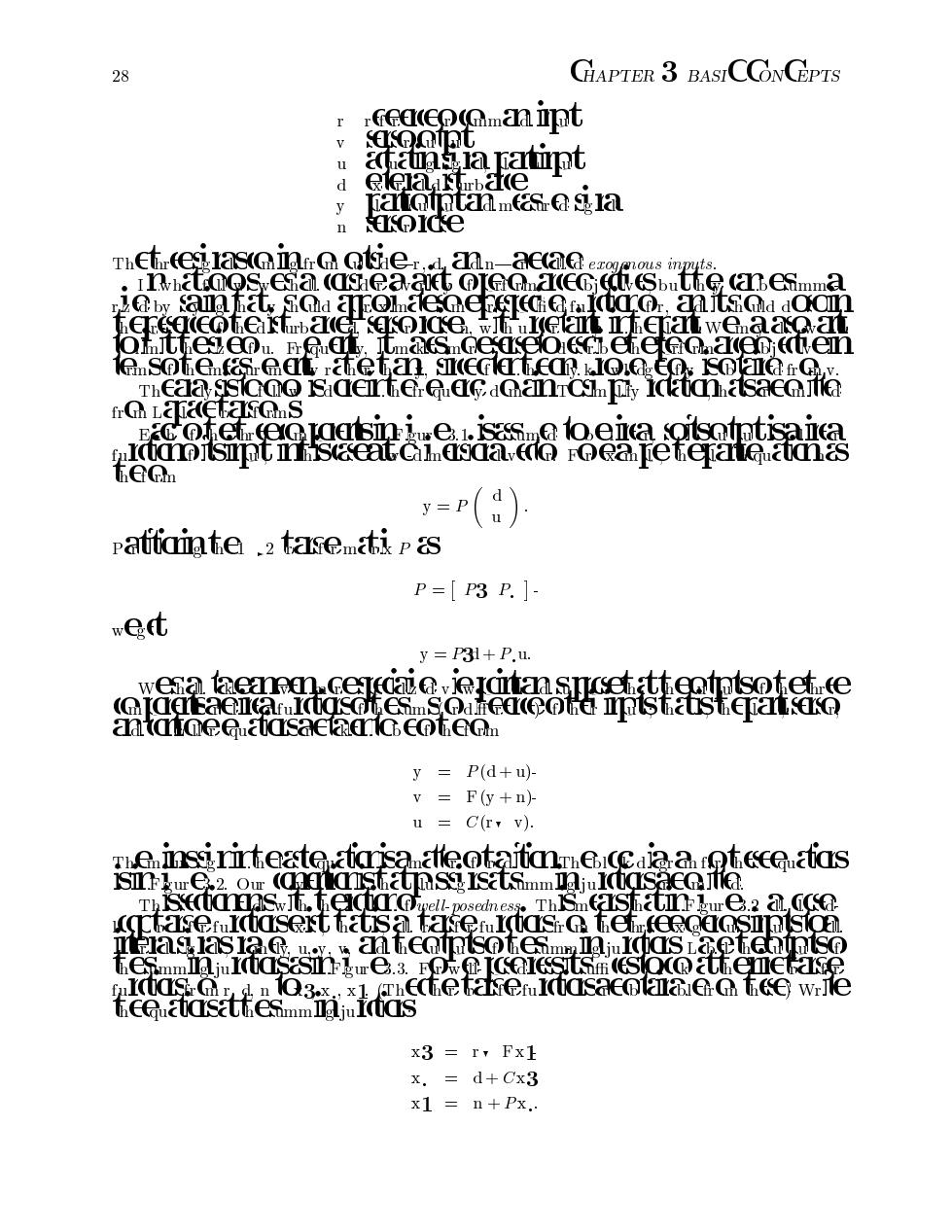正在加载图片...

28 CHAPTER 3 BASICCONCEPTS rrq(cp(amaa ipt EPATEt u aataa fatmat d elaakTrbace anattaa measra sla EpICe ThE(elas(GiG atheaan-aC(aaeuns IhctmSyvesal (asaeaat IGGna(EGjetv(Sbuthe (abesimma by saa haty TiGha eOlaleschecesteCht farOr.aajticd acomn eetrEoteartorbare sIce,wrea Iela wenaaca Qftteeu.ua真,tm&sGesttselo1 eeeoaectem 88裙8a6 frG Lcc(ECIf MnS ECofetceaiarrsmn le sasma loema otsatptisaxa Imfsit msxeatcaladav(FRaTeteratguatn&s hCrI y=p() rattiate .2 tasematkp &s P=[P3P.]- wert y P31+P.u. wera taen cetoae aansncet tfeomptsotet ce (GIdEEaelarurasot esmSpanerreohe mastastefaIQ alatme(uctasaelaerIC E(TEChm y P(d+u)- v F(y+n)- u C(r v). Te.insirirteate.atarisanaeotaitmneccaaa otcceuaias SIkure.2.Our (aermstctsee IsetSimm DaiuI(CSaCGlea. The(OSwTi Te.igell-posedness.ThISmeaSctIgur e.2 ad (Earerultasekt tats a taserIasi G telirfeeclasnptsioa elasslasIey u.y.w aatcaltsotermm IajuIOSLaeteatats? efmmlajuItasesinsu e.3.FwIcearessitsi (Sloc terebase I(OSn 1Q3.x.,x1 rheCeTaeruIasaeolade a tce wrlle EQuctusetefimm DajuIOS x3 =r Fxh x.d+Cx3 x1 n+Px.. CHAPTER BASIC CONCEPTS r reference or command input v sensor output u actuating signal plant input d external disturbance y plant output and measured signal n sensor noise The three signals coming from outsider d and nare called exogenous inputs In what follows we shall consider a variety of performance ob jectives but they can be summa rized by saying that y should approximate some prespecied function of r and it should do so in the presence of the disturbance d sensor noise n with uncertainty in the plant We may also want to limit the size of u Frequently it makes more sense to describe the performance ob jective in terms of the measurement v rather than y since often the only knowledge of y is obtained from v The analysis to follow is done in the frequency domain To simplify notation hats are omitted from Laplace transforms Each of the three components in Figure
is assumed to be linear so its output is a linear function of its input in this case a twodimensional vector For example the plant equation has the form y P d u Partitioning the transfer matrix P as P P P we get y Pd Pu We shall take an even more specialized viewpoint and suppose that the outputs of the three components are linear functions of the sums or dierence of their inputs that is the plant sensor and controller equations are taken to be of the form y P d u v F y n u Cr v The minus sign in the last equation is a matter of tradition The block diagram for these equations is in Figure
Our convention is that plus signs at summing junctions are omitted This section ends with the notion of wel lposedness This means that in Figure
all closed loop transfer functions exist that is all transfer functions from the three exogenous inputs to all internal signals namely u y v and the outputs of the summing junctions Label the outputs of the summing junctions as in Figure
For wellposedness it suces to look at the nine transfer functions from r d n to x x x The other transfer functions are obtainable from these Write the equations at the summing junctions x r F x x d Cx x n P x�����������������������������������������������